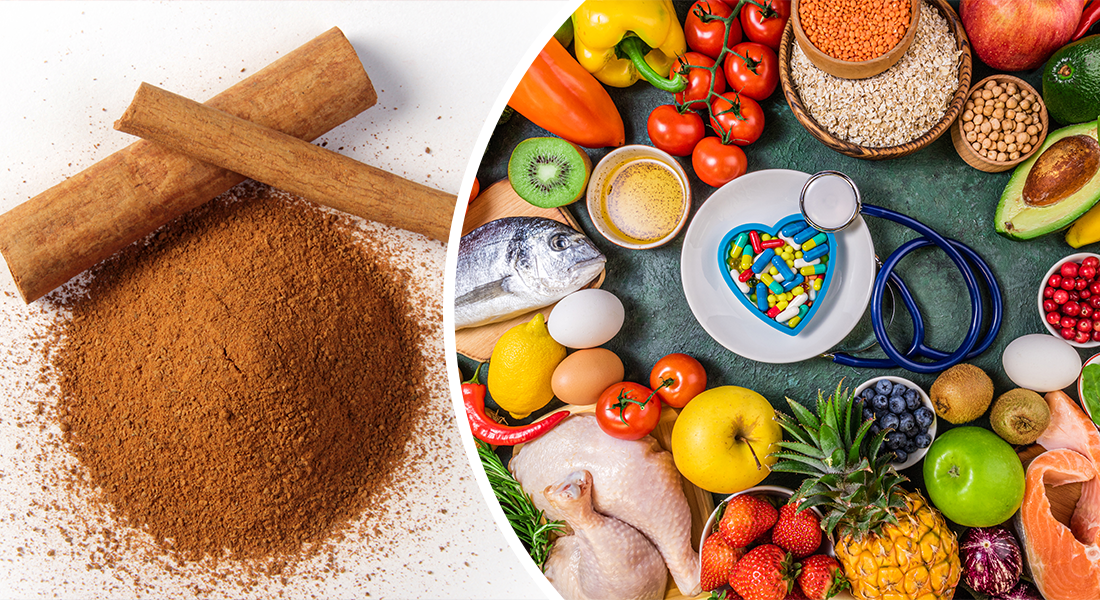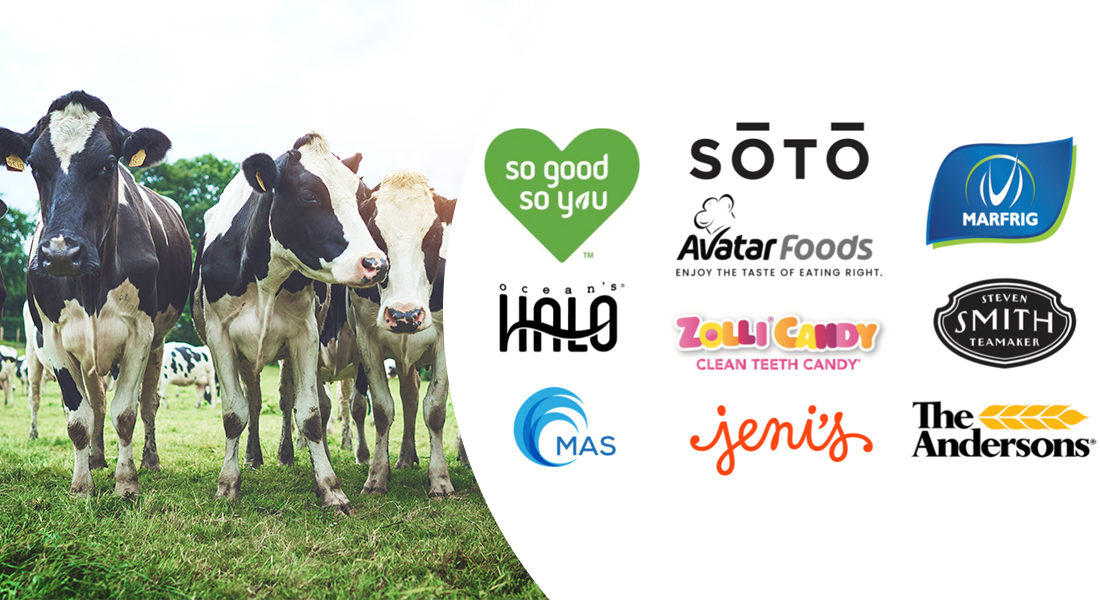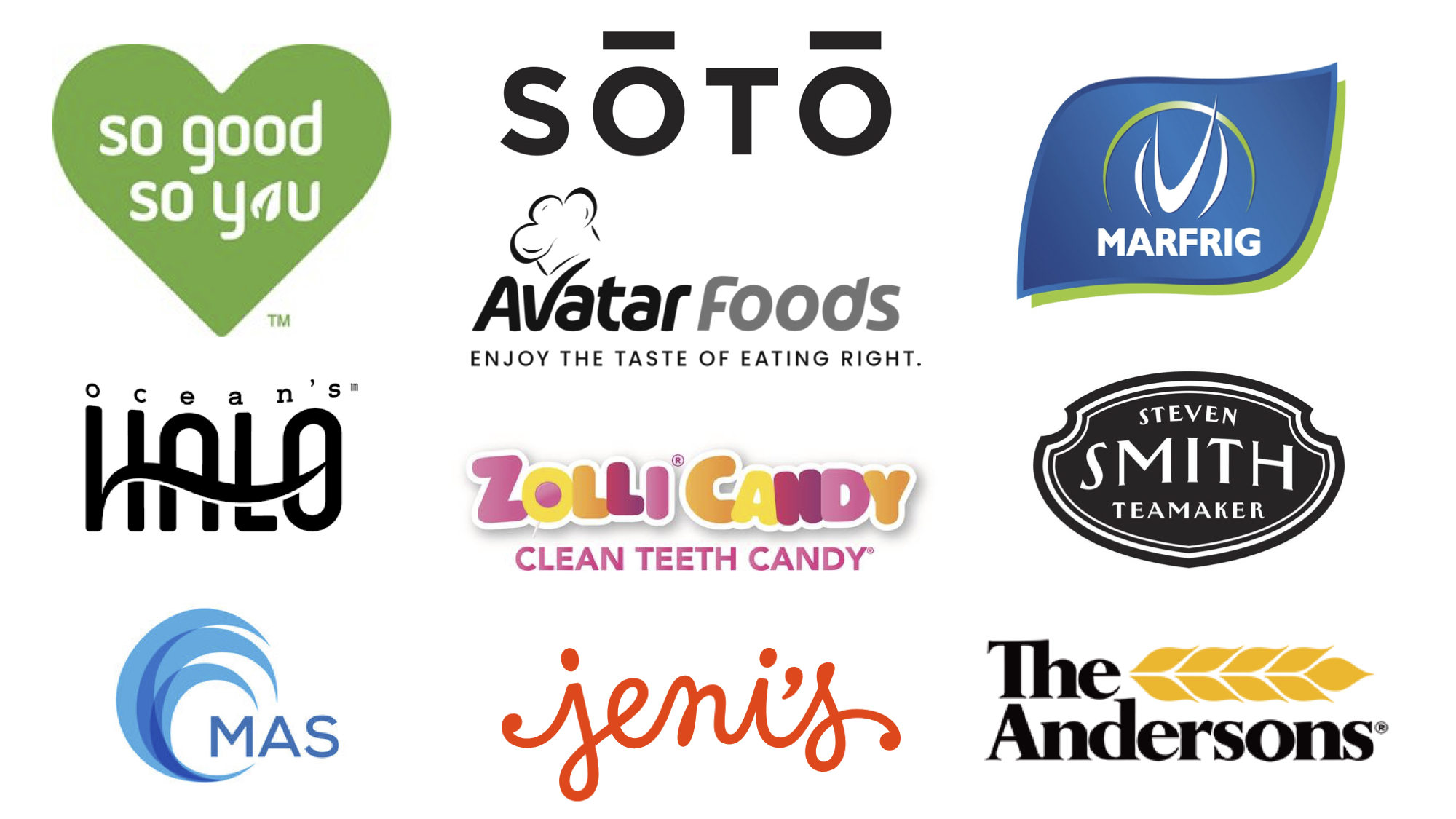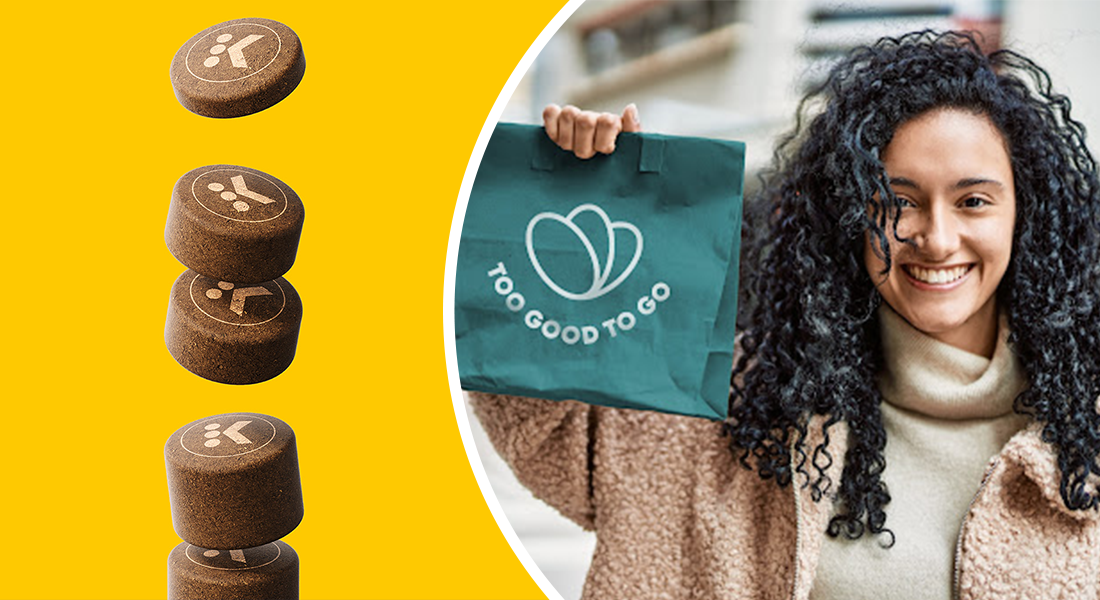Product packaging plays a key role in the purchasing decisions of consumers, and the way a product is portrayed reflects its quality and its brand. For today’s health-focused consumer, a product’s packaging and transparency in ingredients can make or break a sale. As many as 85 percent of new CPG products fail, according to Cincinnati research agency AcuPoll. So, what can food manufacturers do to ensure that their product’s packaging will appeal to modern consumers?
Keywords
Most shoppers do not have the time or energy to weigh the pros and cons of products; they often make their decisions from what they can see and read on the product’s packaging. Most purchases are more instinctive than rational, and people are looking for keywords that would trigger them to purchase. If food products highlight appealing ingredients on their packaging, it can increase their chances of being purchased.
The packaging of a product is the first thing a consumer sees when picking it up. They will make their purchasing decisions from either the brand’s reputation or from what is on the packaging. For example, Heinz is widely recognized for its red logo with a blue border. Many consumers identify that brand with good quality condiments and in turn, compare that quality to other Heinz products. With the consumer market leaning towards health, many food manufacturers are changing their product packaging to include appealing words such as “organic” or “gluten-free.” These food packaging makeovers have contributed to increased sales for the frozen food industry.
Major food manufacturers like Nestlé, Conagra and Pinnacle Foods have already redesigned the packaging and ingredients of their iconic brands. The companies incorporated popular ingredients in their products and added the ingredient information on their product packaging. They found that products that had key messaging and appealing ingredients saw increased sales. In fact, the sales of frozen meals increased two percent in this year ended Oct. 28. This is a significant increase from the 2.3 percent decline of frozen food sales in the year ended Nov. 1, 2014.
Smart Packaging Technologies
Aside from redesigning the visuals on product labels, smart packaging technologies are emerging as a way to build brand value and consumer trust through product authentication, protection and consumer engagement.
Australia-based global food company, Beston, has developed a mobile application, called Oziris, that can trace the history of their food products by scanning the QR code on their packaging. The app also provides consumers with nutritional information, producer details and product reviews of the item they pick up. This technology provides consumers with an easy and reliable way to know the quality of their products as well as a way for them to gain trust in that brand. So far, it has been working well for Beston in their target market, China.
Temogen Hield, CEO of DataDot Technology, refers to Oziris as an innovative application and a great example of smart packaging.
“What Oziris does in the food space and its target, China, is to provide Chinese consumers with a way to authenticate food products but also to really emphasize the provenance benefits of those products with traceability information,” said Hield.
To illustrate the features of Oziris’ smart packaging, Hield gives the example of a Chinese consumer shopping for beef. Using the Oziris platform, the consumer would be able to identify the location of origin of the Oziris-brand beef, when it was slaughtered, when it was shipped, and whether or not it’s been frozen.
“It also gives you nutritional information about it and access to recipes and other dietary recommendations,” continued Hield. “So that to me is a really good example of a trust and provenance ecosystem and brands can look to it if they want to make the most of the smart packaging opportunity.”
Hield goes on to explain that first world countries such as the US, Australia and Canada are more likely to have consumers who use technology to find information on products. This regular use of technology has increased consumer expectations and as a result, put increased pressure on the food industry to be more transparent.
Transparency
Products that directly affect a consumer’s health and well-being, including food products, are faced with the most challenges with consumer trust. Consumers today want to know the background of the foods that they put in their body. If an unknown product appears on the shelf, it is likely consumers will look for key messaging, packaging quality and brand status before considering whether to purchase it. Manufacturers need to appeal to their target demographic with products that have qualities and ingredients that are currently popular in the food space. Applying key messaging on packaging will not only confirm the contents of the product, it will also catch consumer attention.
“I think when you’re launching a new product it’s really important to understand what the consumer is looking for and that would vary quite a lot depending on whether it’s a food product, pharmaceutical product or something else. What’s really important [to consider] when you have a new product is that it’s untested and has no reputation in the market,” said Hield.
Hield highlights transparency and information as key traits in successful product packaging. The more information a consumer gets about a product in a digestible format, the more likely that consumer will start to trust it. The key here is to highlight the eye-catching or on-trend qualities about your product on the packaging. For example, some energy drinks are starting advertise their products as lactose-free and gluten-free, but most energy drinks already do not incorporate dairy or gluten in their ingredients. Labeling products with popular qualities such as “organic,” “gluten free” or “high protein” can significantly increase its ability to attract consumers.
“It’s quite important to think about how I can quickly overcome that trust barrier that the consumer will have in trying a product for the first time, and there are lots of different ways to do that, but most of them are about transparency and information.”
Design
Another key trait of smart packaging is design. Minimalist packaging designs have proven to be popular when it comes to non-food products like jewelry (Tiffany & Co.), technology (Apple products) and accessories (Pad & Quill). Although, when it comes to food packaging, it’s all about graphics, color and text, along with a clean and organized look. A good-looking image of the product on a simple colored background (allowing the image to stand out) with visible key messaging can significantly increase appeal.
A great example of the effects of packaging is illustrated in the case of Miller Lite. The low-calorie beer manufacturer has been around for over 40 years and had originally found much success in the beer market, which was a great feat because men were not interested in diet beer during the late 1900s. Miller Lite’s sales reached 19 million barrels in 1999. After 1994, Miller Lite started to change its product packaging from white to blue, which caused sales to slowly decline. By 2014 the return of hard-liquor caused beer sales to decline to 48 percent from 56 percent of alcohol consumed in 1999.
Just as it seemed that Miller Lite’s popularity was coming to an end, in 2014, the company offered the product in its original packaging as a short-term promotion. Surprisingly, the subtle change to their product’s packaging increased sales so significantly that the company decided to switch back to white labels on all cans, bottles and coasters, ditching the blue that it had used for more than a decade. The beer manufacturer ended up selling 43 million more cans of Miller Lite in the second half of 2014 than it did in the same period of 2013.
Packaging Matters
In short, food manufacturers need to understand their target demographic and appeal to their preferences through smart packaging. Using keywords and ingredients in their products will significantly increase their product’s appeal and, in turn, increase sales. Many companies are already in the process of redesigning and reinventing their products to suit the constantly evolving consumer market. Packaging has proved to be a great tool to promote products with and catch the attention of consumers.
Learn more about smart packaging and the innovative ways companies can incorporate it into their products from Heild by watching this Xtalks Webinar: How to Build Customer Trust, Brand Protection and Sales Using Smart Packaging.
What do you think is about smart packaging for food products? Tell us your thoughts in the comments section below!












Join or login to leave a comment
JOIN LOGIN